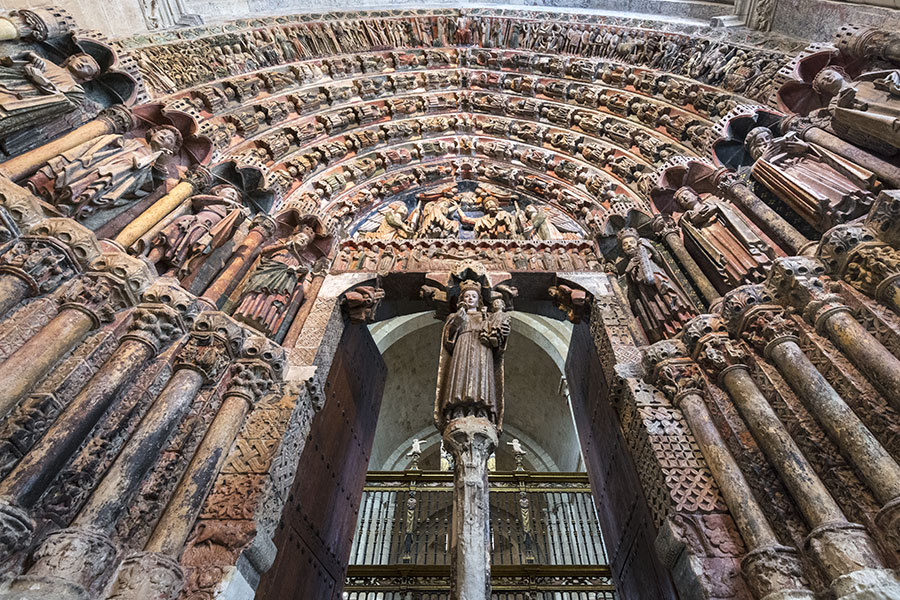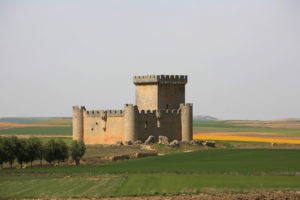Toro – Guareña – Tierra del Vino

Toro is a must-see when in Zamora. It is a historic city since between the 12th and 16th centuries it was the royal capital and the location of court celebrations. It owes its importance to the fact that during this period of splendour, great public and private buildings were constructed. The most pleasant aspect of walking through this city is savouring its medieval flavour, steeped in every corner.
The church of Santa María, or the Collegiate church, is the most important and beautiful building in the city. It was constructed between the 12th and 13th centuries in the Romanesque to Gothic transitional style. The lantern tower that crowns the cupola of the central nave and the Pórtico de la Majestad are striking, richly decorated and polychromed. Recently restored, the north facade has regained its original splendor. In the sacristy, the 16th century painting of the Virgin of the Mosca is notable.
Toro’s architecture reflects a moment in history in which Mudejar elements were incorporated into Christian buildings. Notable among other temples are San Salvador, (12th century) with its three apses, today converted into a museum of medieval sculpture, and San Lorenzo (12th-13th century) .
The Monastery of Sancti Spiritus is another of Toro’s great monuments. Founded in 1316, it preserves beautiful Moorish armour, a 16th century cloister, the tomb of Lady Beatriz of Portugal and a striking museum of sacred art.
San Sebastián de los Caballeros holds an interesting collection of 14th century Gothic mural paintings signed by Teresa Díez preserved in its interior.
Other monuments are the Arco del Postigo, belonging to the old wall of Toro; the gates of Corredera and Santa Catalina, from a later wall; the 18th century Arco del Reloj; the Palace of the Count and Countess of Requena, with a Gothic courtyard dating from the end of the 15th century; and the palace of the Marquis and Marchioness of Alcañices, where the Count-Duke of Olivares lived and died.
 The 15th century Castle of Villalonso, only seven kilometres away from Toro, has one of the best preserved exteriors in the province.
The 15th century Castle of Villalonso, only seven kilometres away from Toro, has one of the best preserved exteriors in the province.
Guareña is the continuation of Toro’s plain towards the south, with interesting villages such as Fuentelapeña, which boasts a large 18th century church. Fuentesaúco, is famous for its legumes, specifically for its “fine, young” chick peas and it is also a land of bull fighting tradition. Olmo de la Guareña has the only example of Mudejar architecture in this region and Villamor de los Escuderos has a Gothic-Renaissance church. Villanueva de Campeán, Corrales, Fuentelcarnero, Morales del Vino and Casaseca de las Chanas are some other attractive villages scattered throughout the region that offer their own uniqueness, such as the church of Arcenillas, which houses the eleven magnificent panel paintings of Fernando Gallego.
